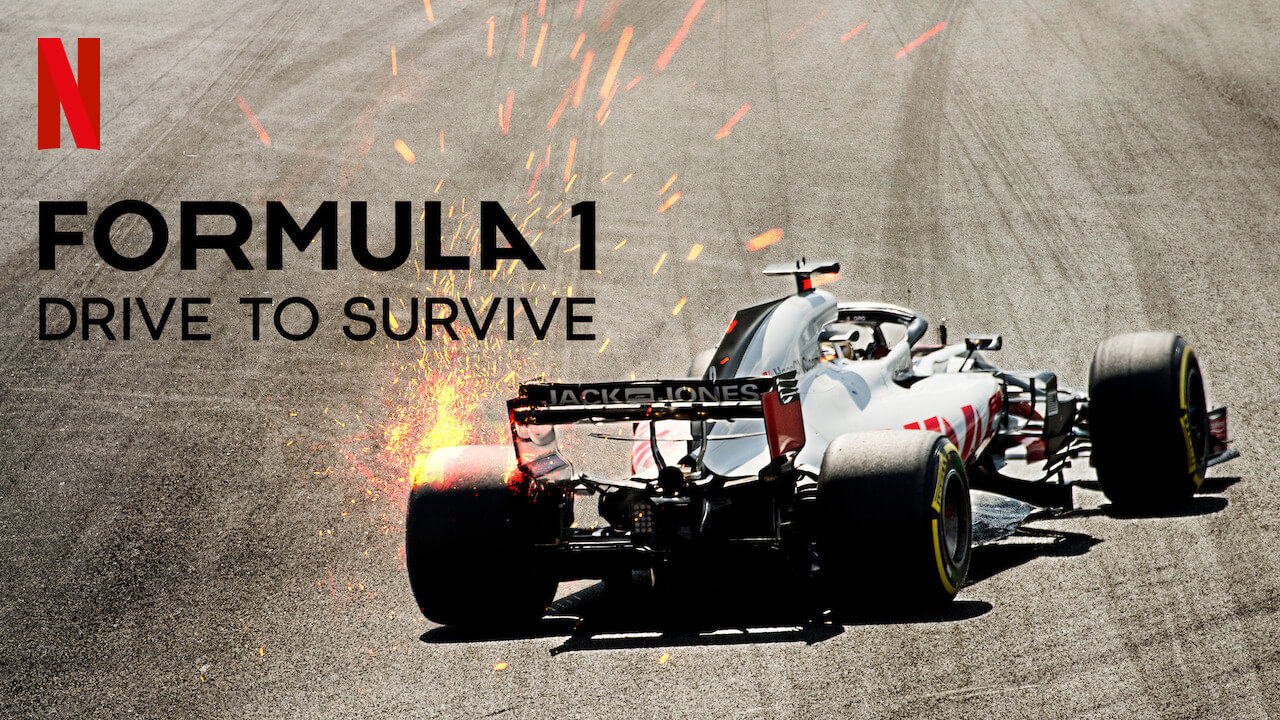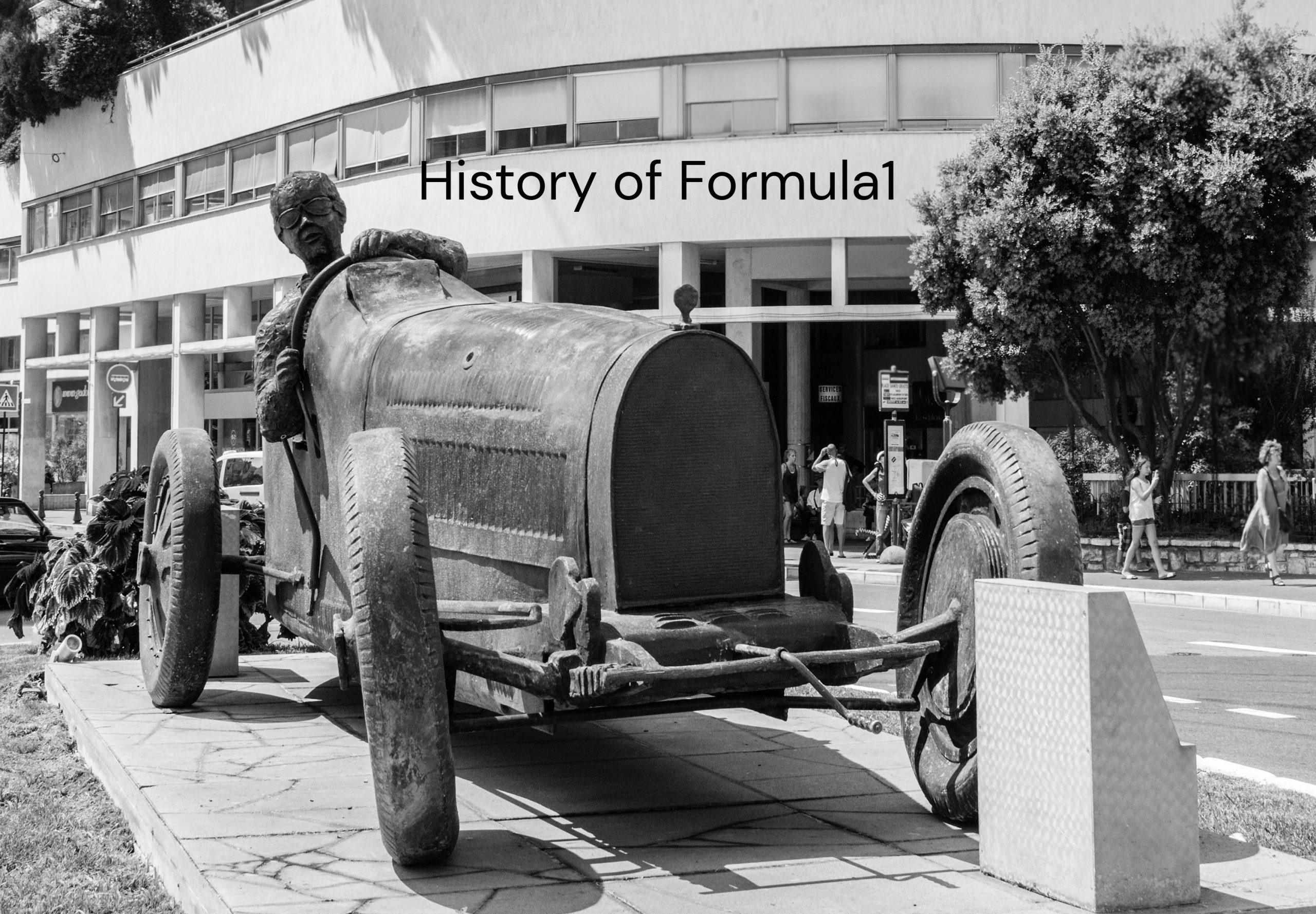Procurement, Supply Chain, and Formula One: Connecting the Dots
Business | July 27, 2022 | By
Imagine yourself standing the closest possible to the race track, holding a pint of beer in one hand and a Cuban cigar in the other (Well, if you are not a fan of both of them, imagine your favorites). You hear a 130-decibel roar, and in a fraction of a second, you see a Formula 1 car whiz past you. Its insane speed, creates a momentary vacuum, almost pulling you towards the track.
In the recent past, I had a newfound interest in Formula One. Thanks to my friend who introduced me to the series on  Netflix, Formula 1: Drive to Survive. It is a high-octane docuseries featuring behind-the-scenes happenings of the teams, their discussions before every race, driver interviews, and much more. The series reveals the true story of the fastest sport, which goes beyond the fight for the No 1 spot. And then, there’s the racing battle fought with heart and soul backed by multi-million dollars in money. The storyline is so engaging that it will transport you without you being there.
Netflix, Formula 1: Drive to Survive. It is a high-octane docuseries featuring behind-the-scenes happenings of the teams, their discussions before every race, driver interviews, and much more. The series reveals the true story of the fastest sport, which goes beyond the fight for the No 1 spot. And then, there’s the racing battle fought with heart and soul backed by multi-million dollars in money. The storyline is so engaging that it will transport you without you being there.
The docuseries or races show only a small portion of what goes on behind the scenes. For the racing teams to compete with such precision, where even milliseconds matter, a lot of effort goes into it. The design of the cars conforming to the Fédération Internationale de l’Automobile (FIA) standards, building and testing formula one car, managing the logistics across continents, perfecting the pitstop actions – which is an event by itself, managing multiple teams, and much more. Participating in a Formula One season is a huge undertaking. And a few of the crucial backstage players in the success of formula one teams are the procurement teams.
Formula One: A Small Brief
The history of Formula One races dates back to 1950. The word formula refers to the set of rules to which all the teams must conform. A typical Formula One season consists of a series of races called The Grand Prix, held in multiple countries spread across continents on purpose-built circuits and closed public roads. The 2022 Formula One season consists of 22 races spread across five continents. And 2022 season is the only season after 38 years to host a second American Grand Prix at
One thing is for sure. Winning a Grand Prix is a tough challenge for the F1 teams. A small millisecond mistake here and there can cost them millions of dollars in losses. It is crucial for every team member to be a team player and that they know crystal clear what their roles are.
The Unsung Heroes
Procurement: The Magicians Behind the Curtains
As I mentioned earlier, Procurement professionals are some of the unsung heroes of the F1 teams. They work in the background moving all the pieces (literally) to make an F1 car. Charles Bramlett, the Head of Procurement for RedBull racing, said in an interview that the procurement professionals are just like any other procurement person you know. They work behind all the champagne and confetti. And yeah, they are the ones who procure these! The role of a procurement professional is to procure the materials be it anything from the stationaries, and toiletries, to the gearboxes, engine components, chassis, and all the other components that go into making a car.
The qualities or prerequisites of a procurement professional to work in an F1 team are of the highest level possible. They have to be able to comprehend the complex engineering drawings and the methods of manufacturing. It is such a demanding role. F1 teams are building components to act on par and above the aerospace levels of quality. But, where aerospace teams get months or even years to make the parts, F1 teams have only days. And just like any typical procurement functions, the F1 procurement teams treat their suppliers like partners. The challenge here is that there are very few suppliers for almost all the components.
Engine Supplier: 4 nos, Mercedes, Ferrari, Renault, Honda. As Aston Martin is evaluating building its engine, The number of suppliers may soon increase from the 2026 F1 season.
F1 teams and their engine suppliers for the 2022 season,
Red Bull Racing- Red Bull
Mercedes- Mercedes
Ferrari- Ferrari
McLaren- Mercedes
Alpine- Renault
AlphaTauri- Red Bull
Aston Martin- Mercedes
Williams- Mercedes
Alfa Romeo- Ferrari
Haas F1 Team- Ferrari
Constructors: Alfa Romeo, Alpha Tauri, Alpine, Aston Martin, Ferrari, Hass F1 Team, McLaren, Mercedes, Red Bull, and Williams
Tire Supplier: Only one tire supplier in Pirelli.
Brake Calipers: This is the first time since 1975 that all ten teams source their calipers from Brembo. Nine out of ten teams get their calipers directly from Brembo, while one team gets its calipers from AP Racing, the Coventry-based company owned by the Brembo Group.
The problem is all the teams want the same components at the same time as others. These make the F1 racing teams vulnerable to the suppliers exploiting their position commercially or other supply risks. Also, any supply disruption from one particular supplier end will create a ripple effect, sometimes affecting the team’s participation in the all-important practice session itself, let alone participating in the race. The Haas Formula 1 team missed the first round of pre-season testing in Bahrain after the cargo plane they used to transport their vehicle was stalled in Istanbul due to technical difficulties. The shipment arrived two days later than planned, according to F1.
Such mishaps are only very few occurrences. The F1 teams meticulously plan the procurement, sourcing, and logistics and keep all contingencies in place in case of disruptions. But, what would definitely help F1 teams when they are evaluating and selecting new suppliers, sourcing from new suppliers, or procuring materials/components for the F1 cars is an e-procurement platform that caters to the entire direct material procurement lifecycle.
Supply Chain: A Vital Cog in Formula One
Another vital cog is the Supply Chain professionals. They are the ones who handle transporting the F1 circus from one venue to another.
The transportation of F1 cars, engines, parts, cables, communication equipment, spares, engineering labs, hospitality items, and personnel is like a military operation. And nothing is left to chance. Some races are one week apart, and some are two weeks apart. For races one week apart, the team has only three days to shift all their equipment to the next venue.
The transportation modes are Air, Sea, and Road. And F1 logistics are not in any way cheap. In 2020 the estimated logistics cost for each team was $8 million. And in 2022, the expected costs are $10 million per team, so a whopping $100 million. The logistics planning needs to be to the T and much beforehand. The crew members play their role in dismantling and packing the equipment. Moreover, the drivers and mechanics will also ensure the safe packing of the F1 cars and the engines.
Pieces of Equipment & Personnel Transported between F1 Venues,
-
-
- Formula 1 cars and Drivers
- Garage set-up
- Tools
- IT and Mechanical Equipment
- Motor homes and team bases
- Food and Beverages
- Hospitality Equipment
- Set-up crews
- Engineers and Mechanics
- Strategists
- Senior Management teams
- Communication Personnel
- Chefs and Kitchen Staff
-
Apart from the above, the FIA also has equipment and personnel to be transferred. And all of these are handled by DHL.
Each team handles 7 tonnes of equipment, a total of approx 80 tonnes for the ten teams. Also, when transported by trucks, especially in Europe, 300 trucks are needed, and when they stand end-to-end extend up to 5 kilometers. According to DHL, Formula 1 teams ship 660 tonnes by air and 500 tonnes by sea per season. In addition to the above, they charter Six or seven Boeings for moving Formula 1 cargo between distant venues.
Real Courage is Doing the Right Thing When Nobody’s Looking.
Each moment in the Formula 1 season, in addition to the races, is crucial. A small mistake by the teams or supply disruption, and the whole race goes for a toss. So next time you stand closer to the race track and experience the blazing speed, think of the magicians in the procurement and supply chain professionals. And to top it off, the appraisal of the F1 teams happens amid 130,000,000 live viewers every two weeks. Whether the success of winning the race or an engine failure, the global audience can see it in real-time. Formula One procurement and supply chain teams are the unsung heroes who slog the limelight so the drivers can fight their way to reach a podium finish every race, every season.

















